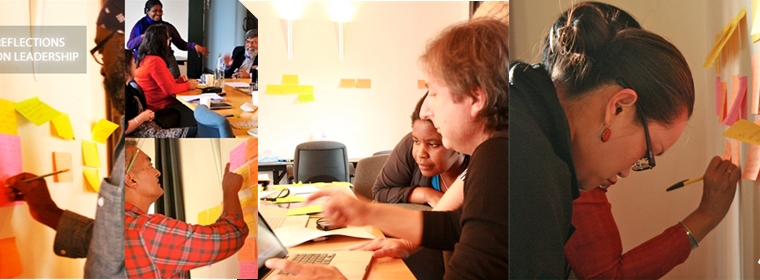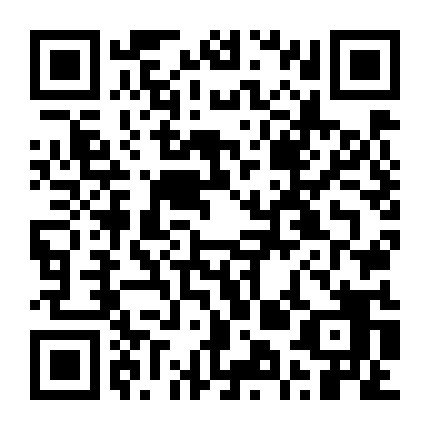Reflections on Leadership---Workshop on Design Anthropology, Indigenous Knowledge, and Culture-Based Innovation

Set in the tranquility of northern Italy on the shore of Lake Como in the Rockefeller Bellagio Center, I joined 18 design anthropologists, indigenous knowledge experts and industry innovators from Denmark, Mexico, Chile, Australia, New Zealand, Ethiopia, Zimbabwe, China, Japan, Lebanon, India, Canada and the United States for five days of brainstorming and discussion.
This was the inaugural meeting of our group, which we hope will over the next three years collaborate to produce books, exchange scholars and work on projects with global communities.
As someone with a strong work ethic who likes to start tackling new challenges immediately, I at first felt uneasy with this approach. Mindful of the fact that we only had five days together, and that we were being put up by the Rockefeller Foundation, I wanted to get started on work to produce a tangible result for our client.
But as the day went on and, from my vantage point after the end of the conference, I now see the value of this slower approach for this kind of collaborative, long-term project.
Starting out, all we participants had to go on about each was scanty - nationalities and titles - that only scratched the surface of who we were and what unique qualities we each had to offer the group.
By taking the time to properly get to know each other, we could dig deeper, which is particularly important when our initial brief - to develop collaborative projects to help communities through design anthropology, indigenous knowledge, and culture-based innovation - was so wide-ranging. Not taking the time to do this in the early stages could mean a huge well of potential talent and expertise could remain untapped.
And thinking about it, this is exactly what I do at the outsets of the projects I work on with my agency. By observing your team and, knowing its strengths and weaknesses, and above all listening, a leader is better able to build a strong foundation for the project.
From the stories that came out on that first day of the conference, there were other clear traits shared by everyone there, traits which are hallmarks of inspiring and enlightening leadership.
Giving back to society was a constant theme that ran through the speakers' stories. Take the example of influential graphic designer Safi Mafundikwa, from Zimbabwe, who left a successful career in New York to return home and set up ZIVA, his country’s first school of graphic design and new media.
This kind of attitude will also make a team work better together, and also help to exceed a client's expectations. Additionally, by giving back to one another, we inspire each other to push ourselves even further in the pursuit of excellence.
As well as giving back to society, Safi was changing what some people might see as a bad situation into an opportunity - a positive attitude that is vital to good leadership. He returned to a country where the rudiments of his chosen career weren't in place to set up a flourishing school, thereby opening up opportunities for others.
Something else that struck me was how encouraging and supportive everyone was throughout the first day of talks, and through the entire conference. This created an atmosphere in which everyone was comfortable to contribute, where ideas could flow unhindered, and no one felt out of place putting their view across. This is the precise atmosphere that a great leader should cultivate, especially in the creative industries where the best outcomes often come from the smallest of seeds.
In this heady atmosphere, the five days we were at the conference flew by. Despite, or rather because of, the first day being spent getting to know each other, we came away with a huge body of ideas and actions that we will be working on together for the foreseeable future. And we also came away knowing more about ourselves, and what it takes to be truly great leaders.
More information about this conference: http://dori3.typepad.com/my_weblog/2010/08/rockefeller-foundation-bellagio-center-in-2011-design-anthropology-and-indigenous-knowledge.html

